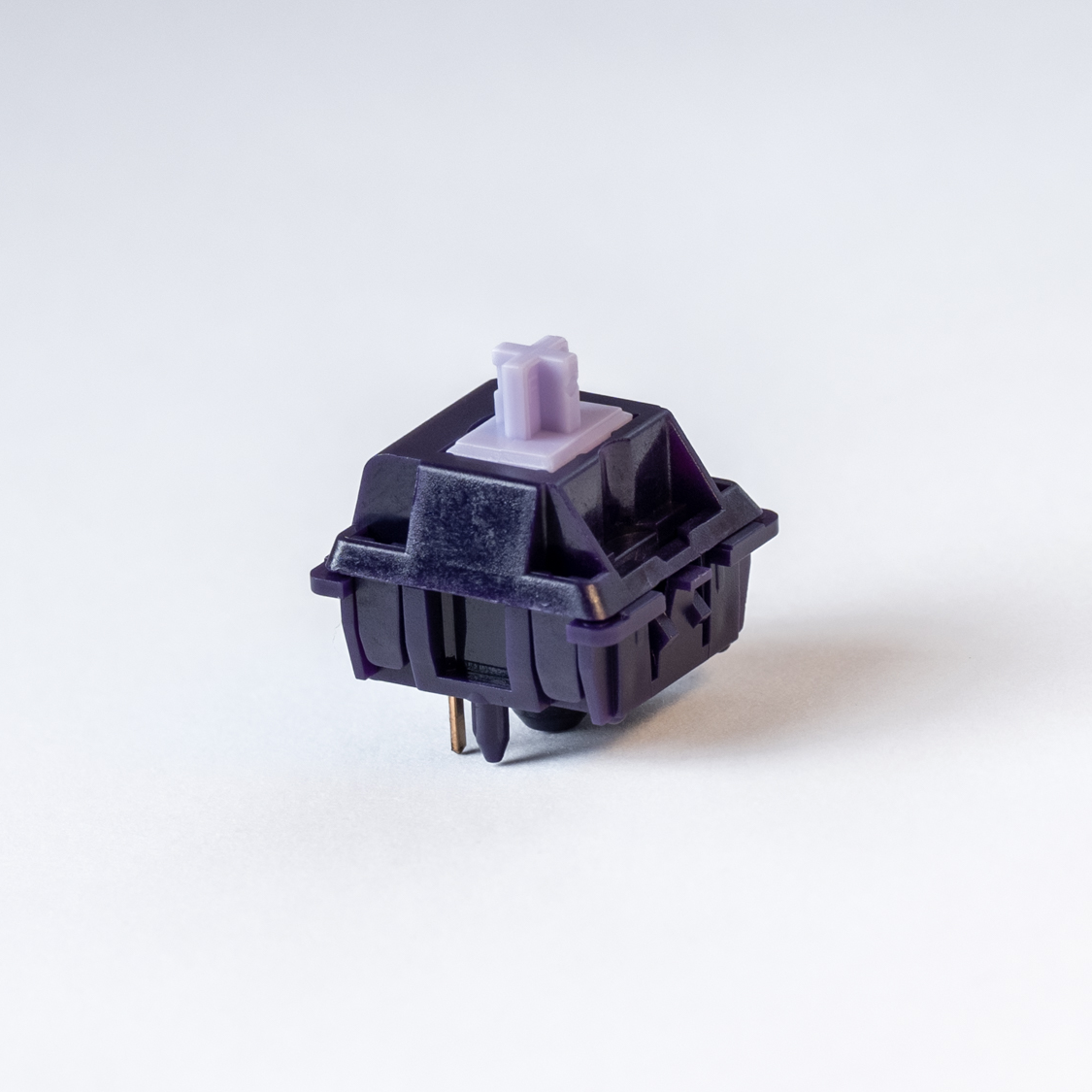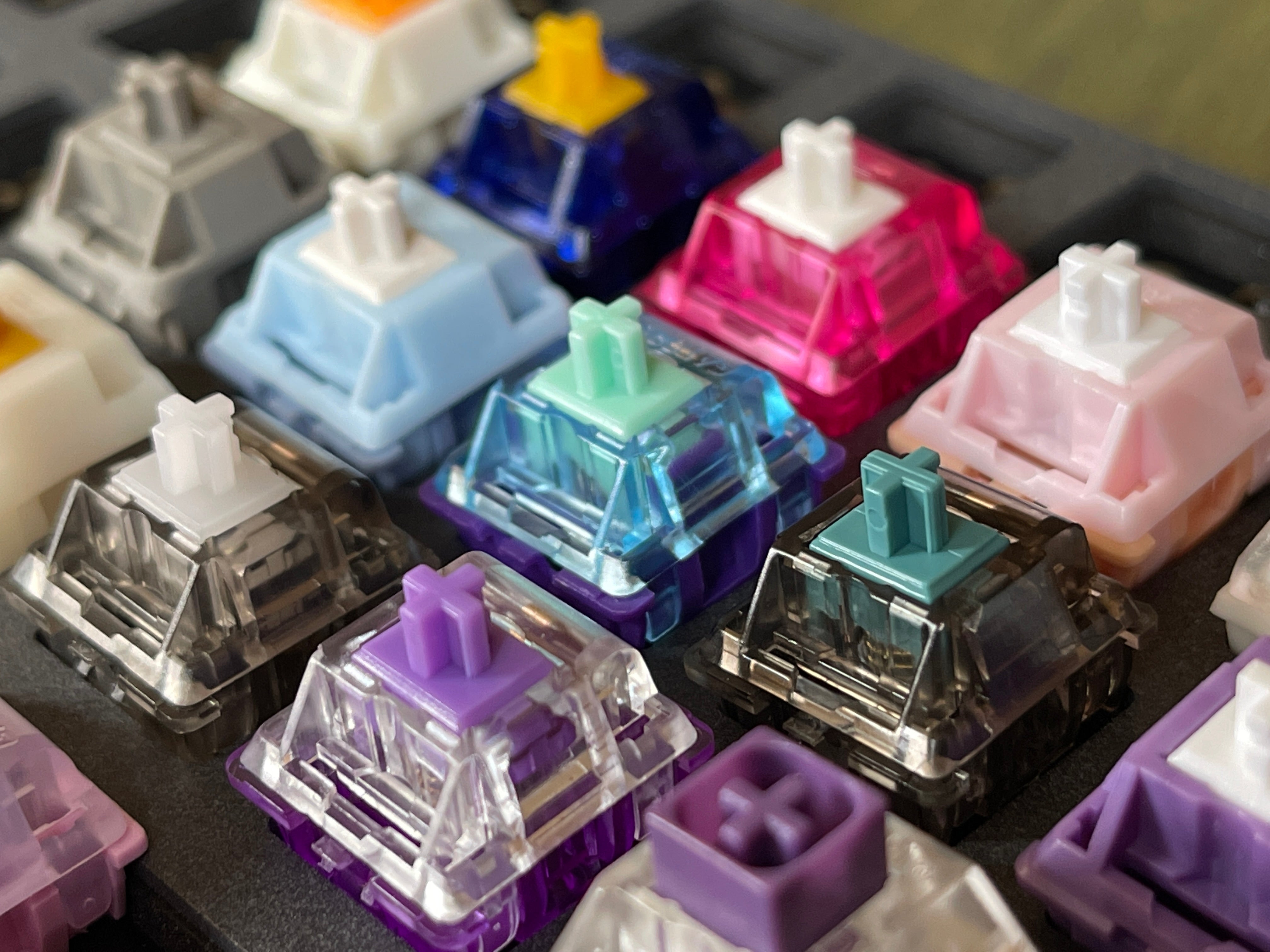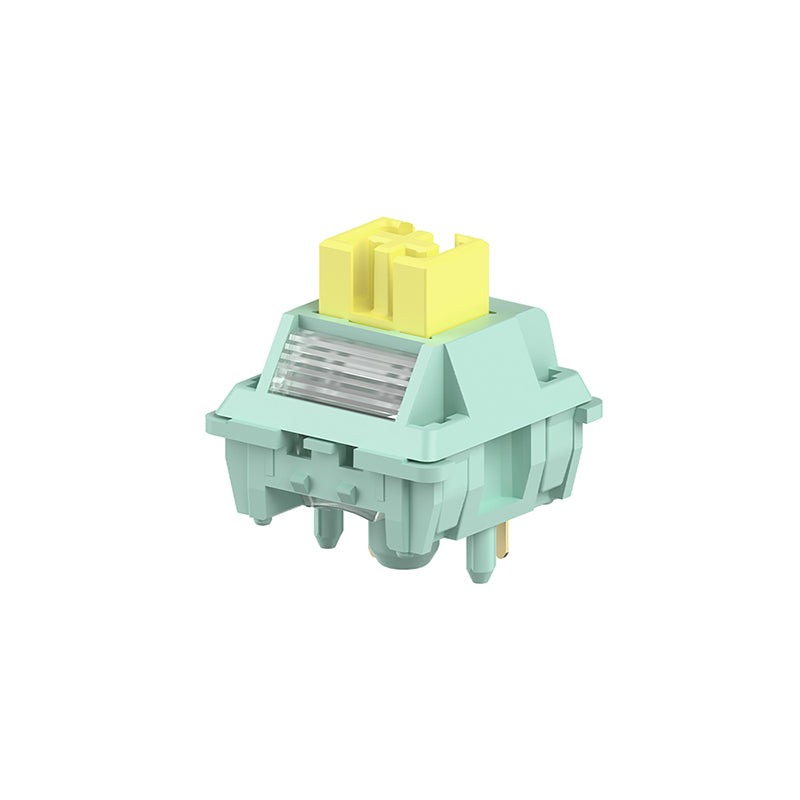Experiment with different tactile switches to find the best keystroke feedback for you.
Recognizing the Advantages of Tactile Changes for Enhanced Customer Experience
Tactile buttons are integral to modern-day interface, providing physical responses that improves interaction accuracy and individual fulfillment. These mechanisms are particularly useful in atmospheres where rate and accuracy are paramount, such as in pc gaming or specialist setups. By offering a distinctive sensation upon activation, responsive switches verify individual inputs without the demand to divert aesthetic attention, simplifying task implementation and lowering error prices. This mix of instant physical response and dependability welcomes more exploration into their wider implications and advantages.
Exploring the Mechanics of Tactile Changes
To understand just how tactile switches improve customer experience, it is necessary to dive into their auto mechanics. Tactile switches run via a device that individuals can really feel and listen to when a secret is pressed.
The construction of these buttons differs, but typical materials include steel for the get in touches with and rubber or silicone for the tactile dome - tactile switches. These components are engineered to stand up to countless cycles, guaranteeing sturdiness and constant performance with time. This reliability makes responsive buttons particularly favored in settings that require quick, exact user input
How Tactile Responses Enhances Accuracy and Rate
Many individuals find that responsive responses from switches substantially improves both the precision and speed of their communications with devices. The unique physical experience provided when a responsive switch is actuated permits users to verify their input without requiring to confirm aesthetically. This confirmation is critical in environments where interest is divided across multiple jobs, as it ensures inputs are both deliberate and proper.
Moreover, the instant comments from responsive switches decreases the time taken in between activities. Customers do not need to press tricks several times to make certain activation, leading to quicker feedback times. This efficiency is especially helpful in high-speed typing circumstances where each nanosecond can contribute to general productivity.

Furthermore, the boosted sensory experience lowers user exhaustion and raises involvement, making interactions much more user-friendly and much less vulnerable to errors - tactile switches. Therefore, tactile buttons not just boost the functionality of a gadget yet additionally add to a more enjoyable individual experience
The Function of Tactile Switches in Pc Gaming Efficiency

Moreover, tactile buttons add to quicker response times. The physical sensation validates the key press without the requirement to base out the keys, enabling quicker inputs and a smoother video gaming experience. This is specifically valuable in games that demand rapid and repeated keystrokes, where rate is commonly as vital as accuracy.

Tactile Switches in Professional Environments
Responsive buttons are equally transformative in professional atmospheres, where performance and ergonomic layout enhance productivity. These buttons, generally located in high-precision key-boards, are treasured for their receptive comments. When pressed, they provide a noticeable bump midway via the keypress, verifying activation without the demand for complete travel. This attribute permits specialists such as typists, designers, and information entrance staffs to raise typing speed and accuracy, reducing the danger of errors and the stress related to extended keyboard use.
In settings like control areas or studios, responsive switches are integrated into learn this here now tools for their reliable performance. They supply operators the assurance needed in high-stakes atmospheres, guaranteeing that every command or change is carried out as intended. This dependability, coupled with the tactile response, assists preserve high levels of focus and operational effectiveness, crucial in maintaining workflow and meeting professional requirements.
Contrasting Tactile and Non-Tactile Individual User Interfaces
Exactly how do responsive interface contrast to their non-tactile equivalents? The primary distinction depends on the responses supplied to customers. Tactile interfaces, such as those with physical switches or distinctive surface areas, provide instant physical responses through touch. This sensory action can boost user accuracy and speed, particularly in environments where visual interest have to be separated. Non-tactile interfaces, like those with flat touchscreens, depend on aesthetic or acoustic responses, which might not be as prompt or without effort processed.
The choice between tactile and non-tactile user interfaces usually depends upon the application's context and customer demands. As an example, responsive user interfaces websites are invaluable in scenarios calling for operation without straight line of view, such as driving or in certain industrial setups. Conversely, non-tactile user interfaces can be remarkable in tidy or sterilized atmospheres where physical buttons may nurture impurities. Each type has its toughness, and the ideal selection boosts customer read the full info here interaction, making sure efficiency and efficiency in individual experience.

Final Thought
In conclusion, tactile buttons dramatically enhance user experiences by offering important physical feedback. By providing an extra user-friendly and gratifying interaction, tactile switches verify exceptional to non-tactile user interfaces, making them a recommended selection for individuals looking for integrity and performance in their interactions with modern technology.